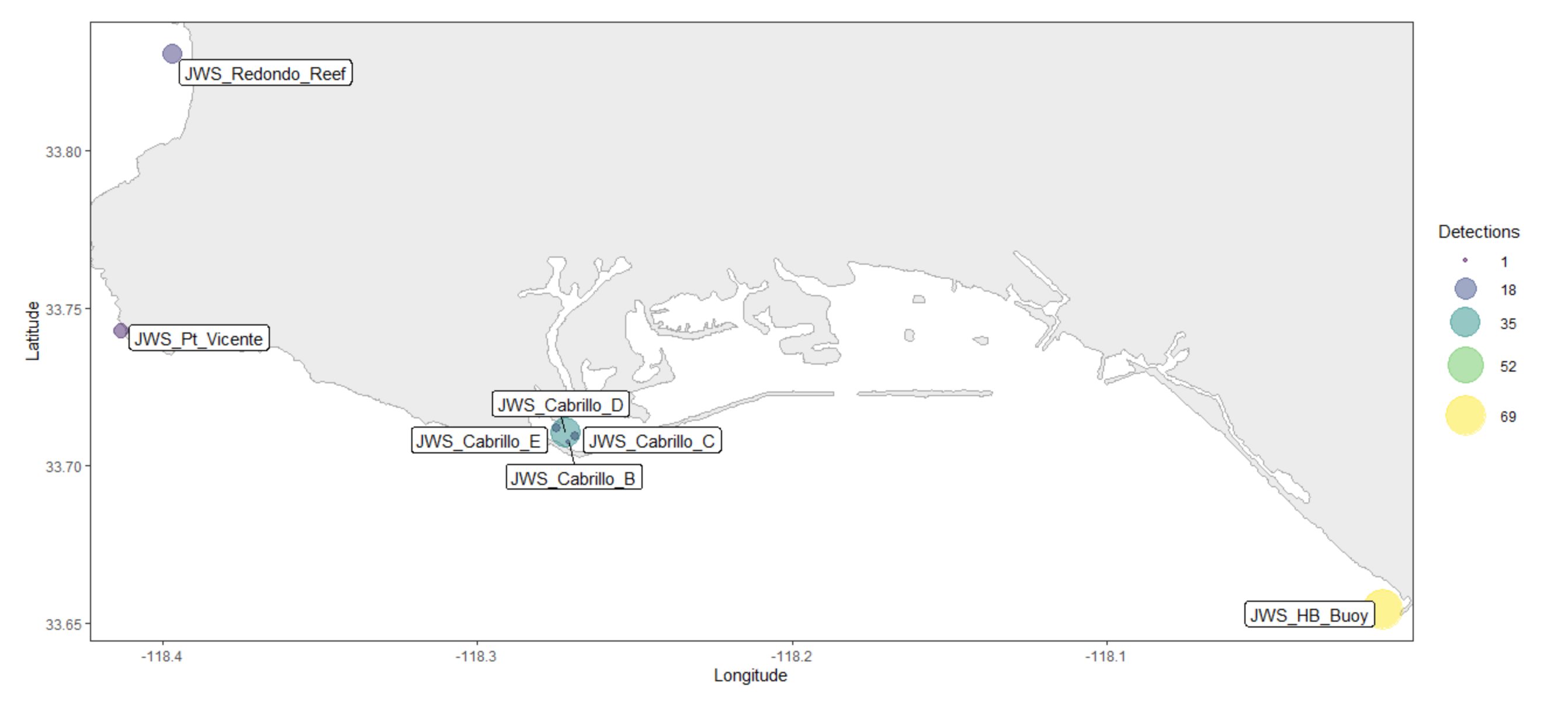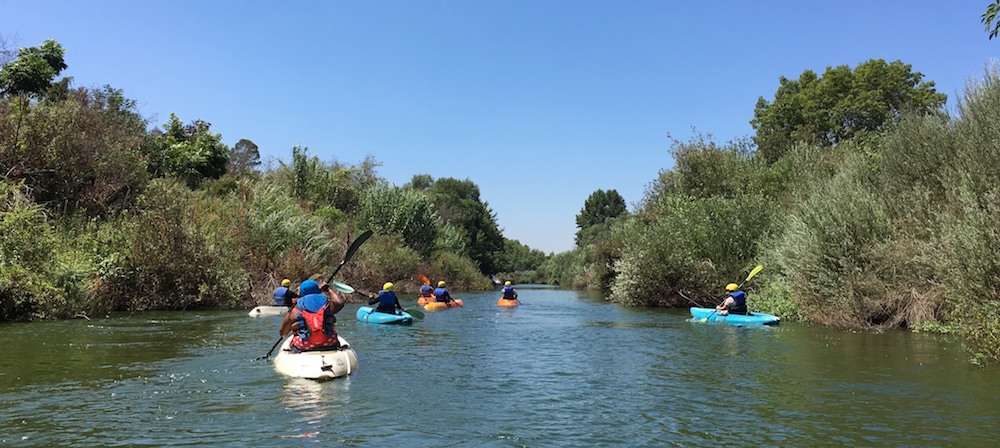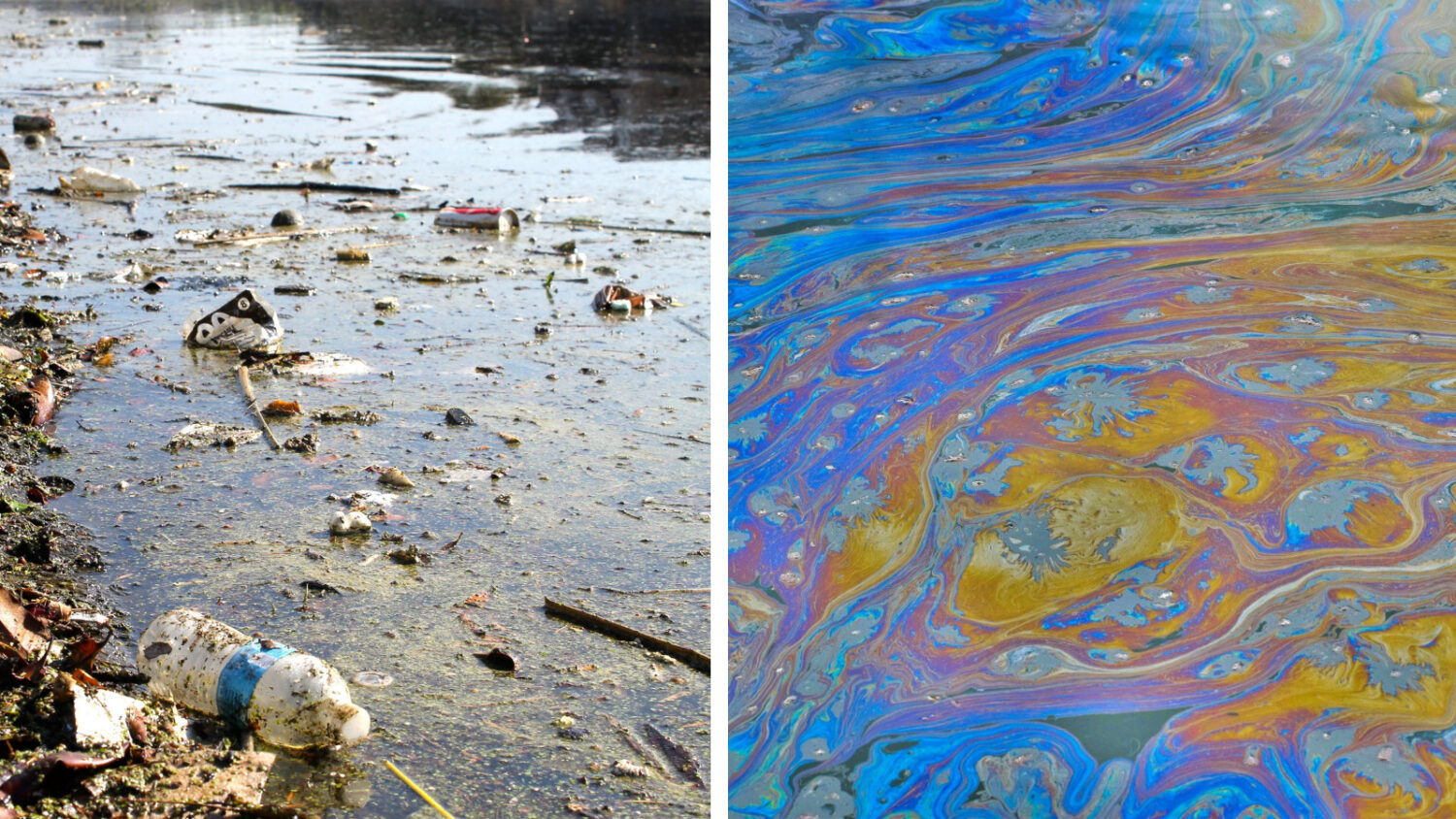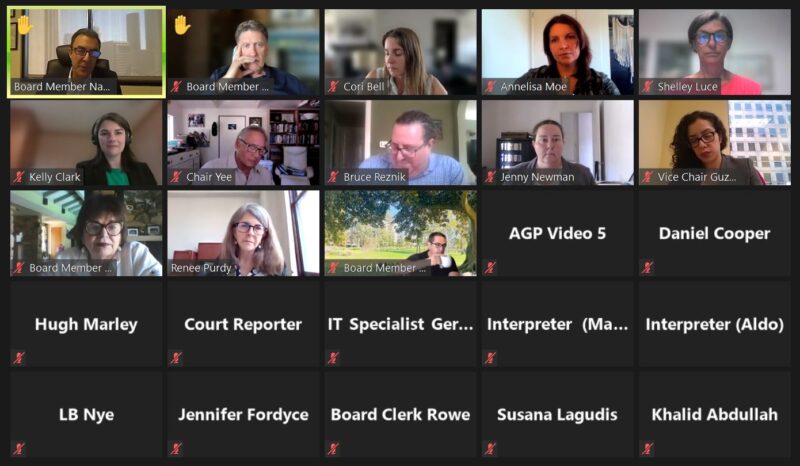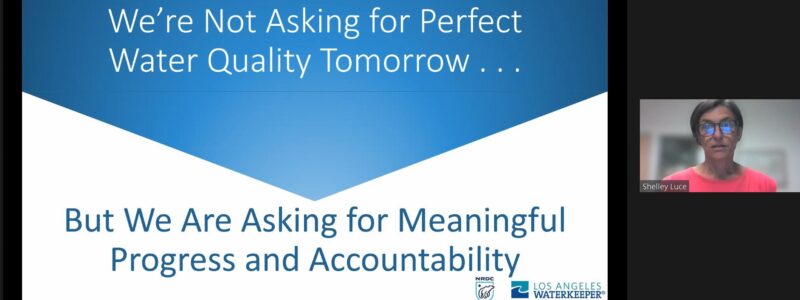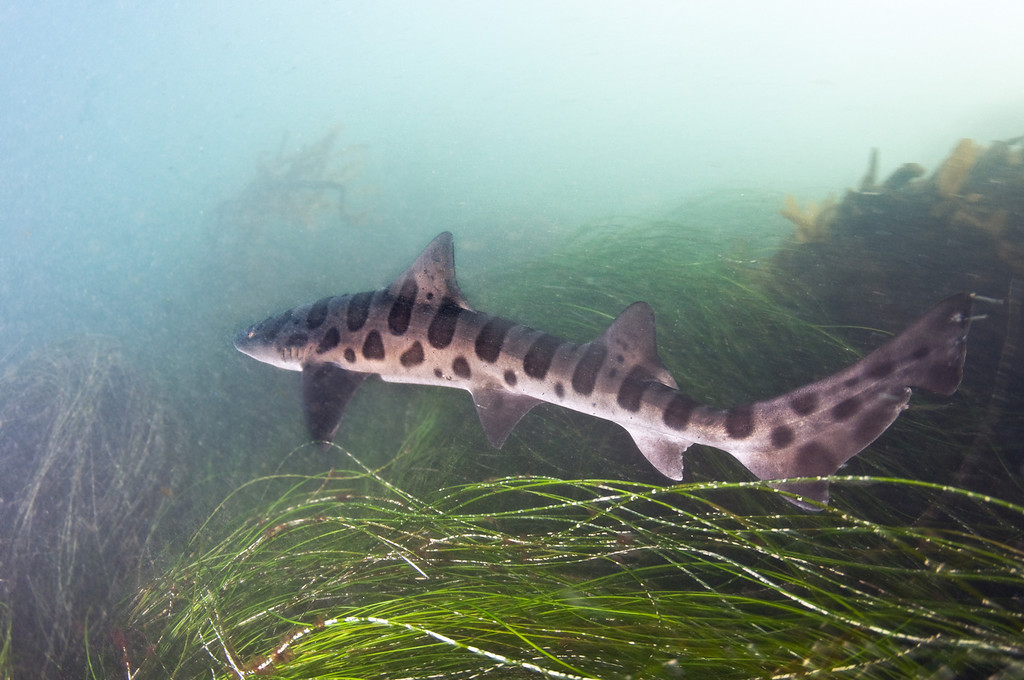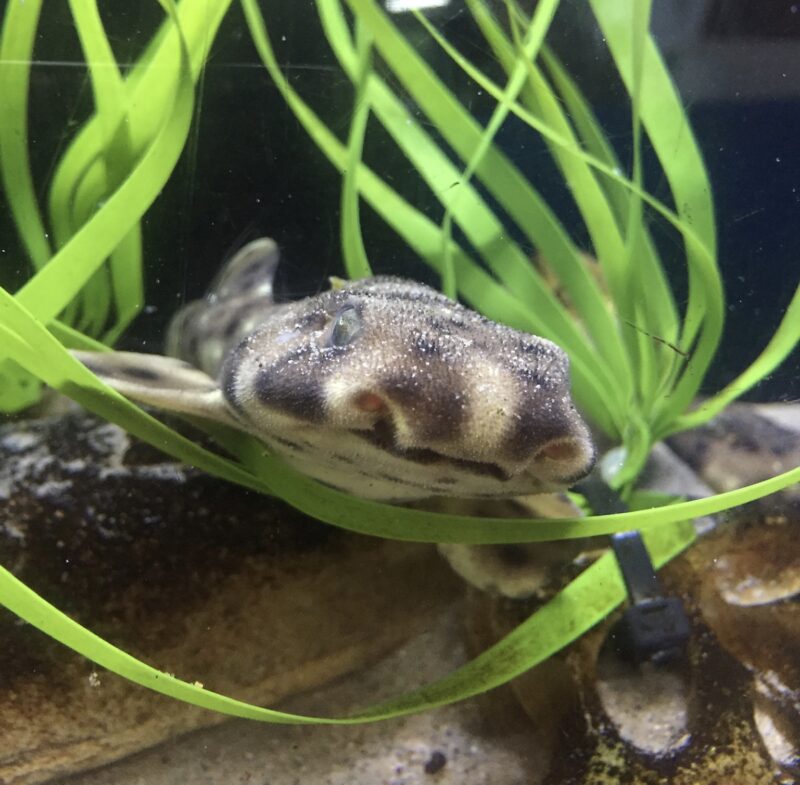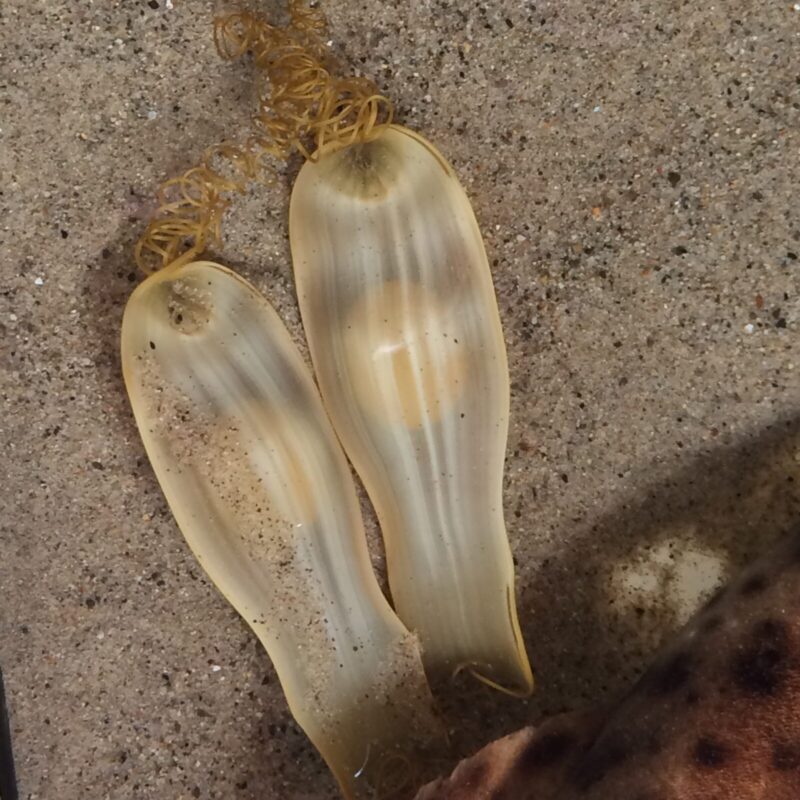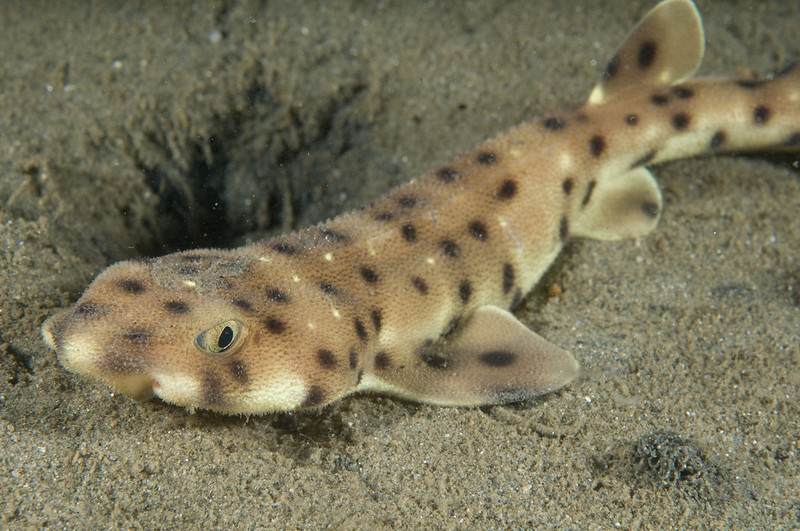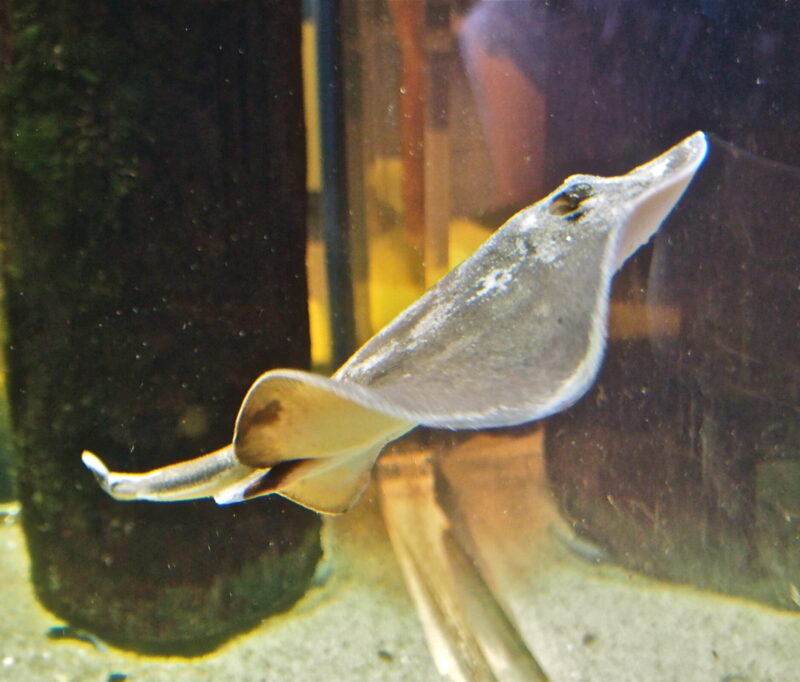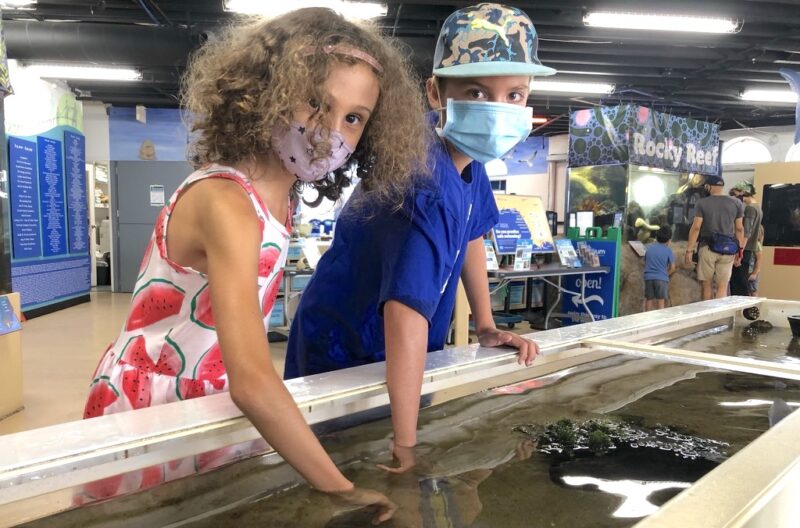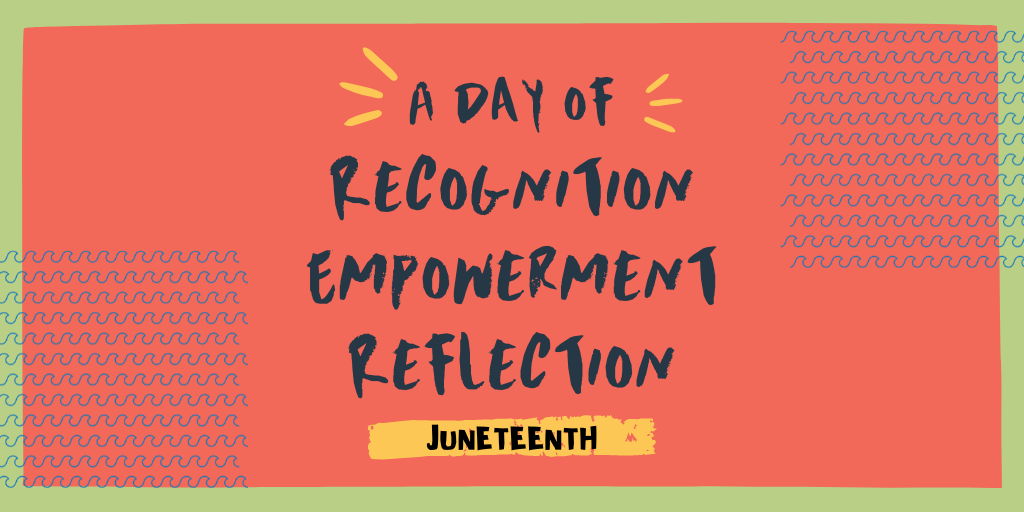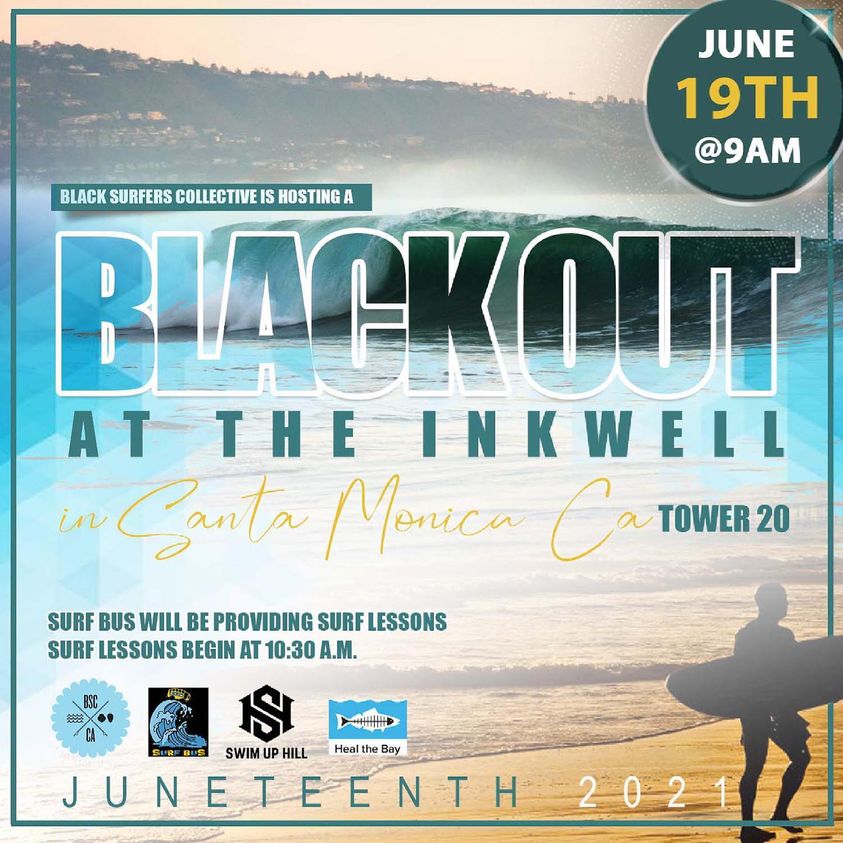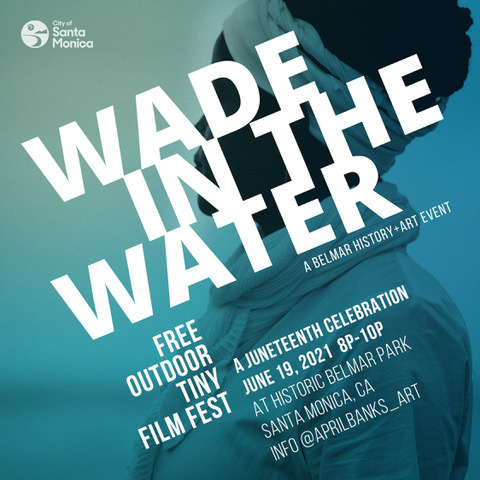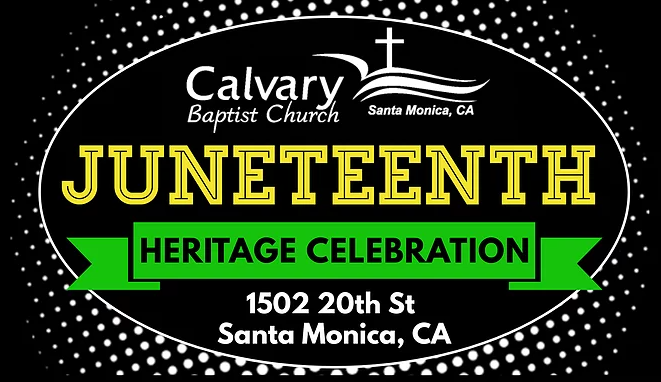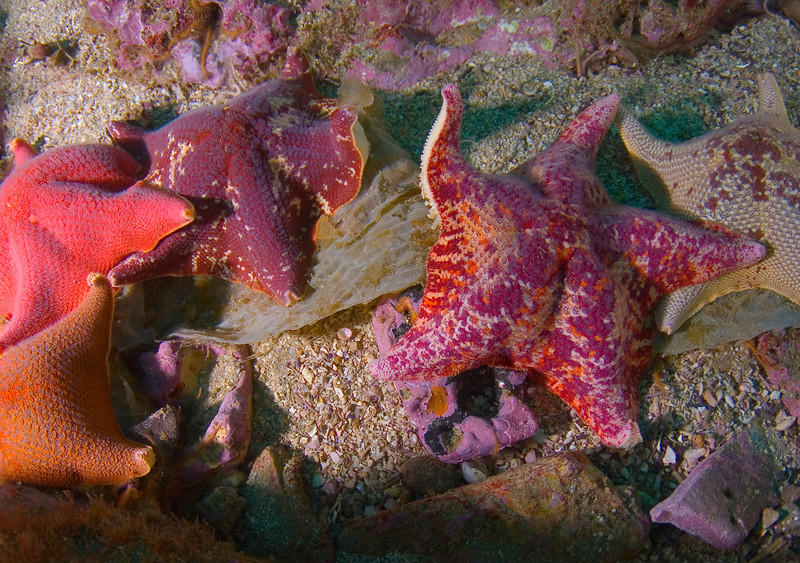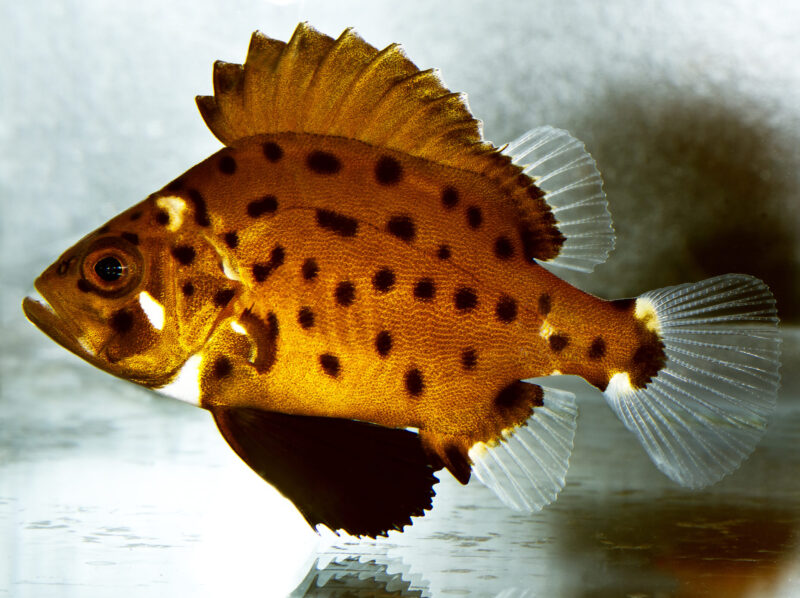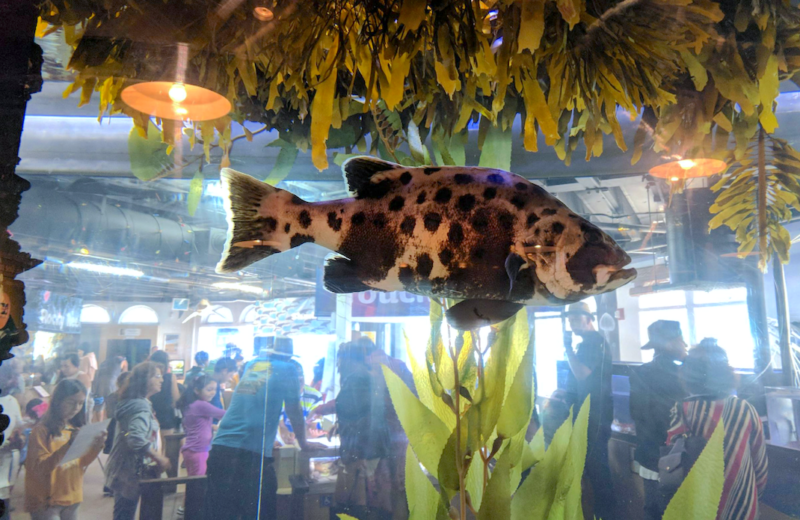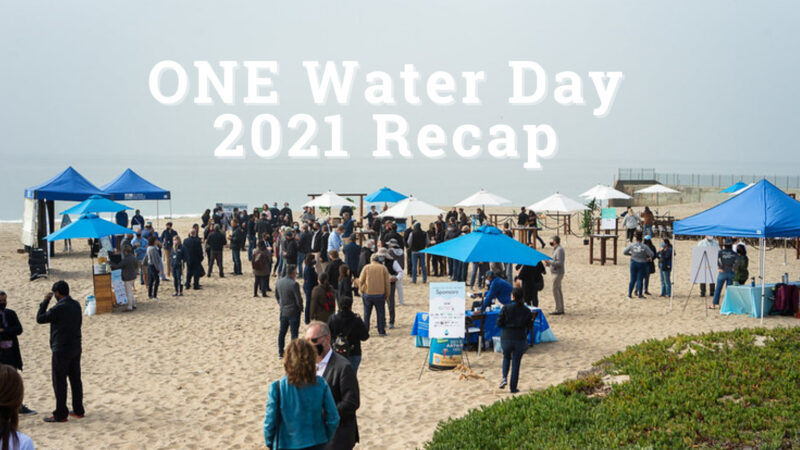 On December 3, 2021 our local water agency leaders gathered together to discuss the major water challenges impacting Greater Los Angeles and how to solve them at Heal the Bay’s first-ever ONE Water Day event.
On December 3, 2021 our local water agency leaders gathered together to discuss the major water challenges impacting Greater Los Angeles and how to solve them at Heal the Bay’s first-ever ONE Water Day event.
ONE Water Day at Will Rogers State Beach
The sun was shining, the DJ was playing the hits, and our Heal the Bay team was setting up for a cleanup (while dancing in the sand) as we welcomed over 200 attendees to a first-of-its-kind networking opportunity at Will Rogers State Beach. ONE Water Day brought together many prominent heads of local government agencies and engineering companies to meet and discuss the future of water in Los Angeles. There were more than 26 different organizations represented at this networking event, sparking countless partnerships, and raising over $120,000 for Heal the Bay.
The Cleanup
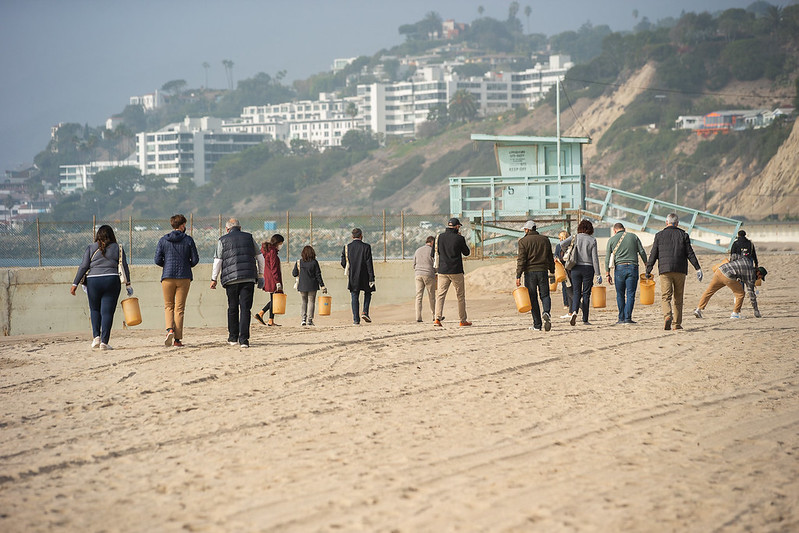 ONE Water Day attendees participated in a scavenger hunt to clean the beach and experience what trash and debris ends up at our beaches from all over our local watersheds.
ONE Water Day attendees participated in a scavenger hunt to clean the beach and experience what trash and debris ends up at our beaches from all over our local watersheds.
After guests had time to mix and mingle, the day started off with a land acknowledgement to recognize the Tongva and Chumash tribal ancestral lands where the event was being held. Then attendees were invited to participate in a Heal the Bay scavenger hunt for trash. This hands-on and team-oriented beach cleanup was an opportunity for individuals from different organizations to collaborate and observe first-hand the realities of pollution.
In just 30 minutes, 19 teams collected 200 buckets of trash along two miles of the Pacific Palisades coastline. Amongst an eclectic array of waste, more than 600 cigarette butts were collected, with Team 12 taking home first place prizes for the most items captured.
After the cleanup, a panini lunch was served by the fantastic team of Critic’s Choice Catering, giving attendees a chance to recharge and enjoy the many event exhibitors and perfect beach weather on a winter day.
The Panel
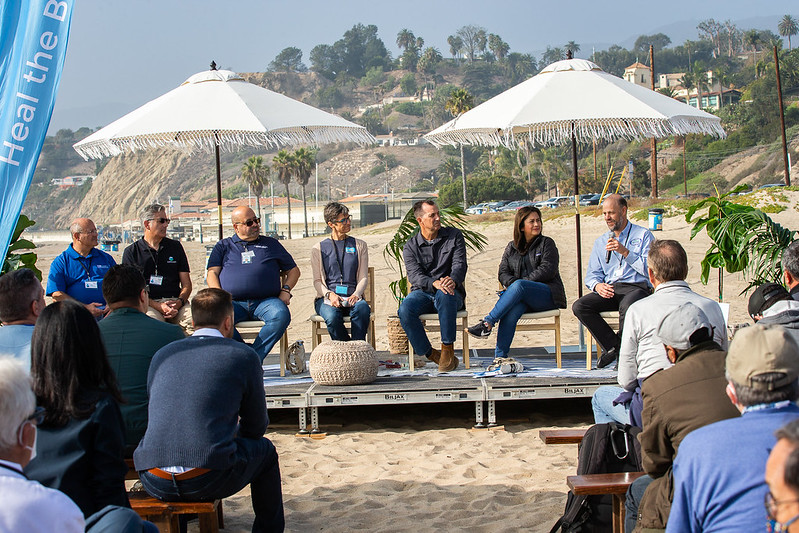 ONE Water Day Panel, guest speakers from left to right; Martin Adams, Robert Ferrante, Adel Hagekhalil, Dr. Shelley Luce (host), Mark Pestrella, Barbara Romero, Dave Pedersen.
ONE Water Day Panel, guest speakers from left to right; Martin Adams, Robert Ferrante, Adel Hagekhalil, Dr. Shelley Luce (host), Mark Pestrella, Barbara Romero, Dave Pedersen.
Next on the agenda was a panel conversation hosted by Dr. Shelley Luce, Heal the Bay CEO and President. The panel guest speakers included six influential leaders speaking on the topic of Los Angeles water. All were eager to discuss systemic water quality issues, the impacts of climate change, and the cooperative solutions they envision for Los Angeles.
Speakers included: Adel Hagekhalil, General Manager, Metropolitan Water District of Southern California; Barbara Romero, Director and General Manager, LA Sanitation and Environment; Robert Ferrante, Chief Engineer and General Manager, Los Angeles County Sanitation Districts; Dave Pedersen, General Manager, Las Virgenes Municipal Water District; Martin Adams, General Manager and Chief Engineer, LA Department of Water and Power; Mark Pestrella, Director of LA County Public Works.
 Energy was high and the feeling was hopeful as the ONE Water Day panel shared their visions for the future. Guest speakers from left to right; Adel Hagekhalil, Dr. Shelley Luce (host), Mark Pestrella, Barbara Romero.
Energy was high and the feeling was hopeful as the ONE Water Day panel shared their visions for the future. Guest speakers from left to right; Adel Hagekhalil, Dr. Shelley Luce (host), Mark Pestrella, Barbara Romero.
Takeaways from the ONE Water Panel from Dr. Shelly Luce
ONE Water Day was a unique event. The panel was a rare honor and opportunity to question each of the guest speakers on their plans for building a sustainable water supply for Los Angeles in this time of extreme drought and climate change.
We learned so much from our panel speakers at the event. The Los Angeles Bureau of Sanitation and the Department of Water and Power are collaborating to recycle treated wastewater for drinking water. The LA County Sanitation Districts and the Las Virgenes Metropolitan Water District are doing the same in their respective areas, in collaboration with the Metropolitan Water District of Southern California. And, the Los Angeles County Department of Public Works is collaborating with cities throughout the region to capture and treat urban runoff, aka stormwater, so it can be infiltrated into groundwater or reused for irrigation.
This massive shift to conserving and recycling our water has taken place incrementally over decades. It requires a level of collaboration among agencies that has never occurred before.
Adel Hagekhalil, the General Manager of the Metropolitan Water District, stated it perfectly:
“We take water for granted, and we forget that water is essential to firefighting, to drinking, to our health and our safety; hospitals don’t run without water. Fire cannot be fought without water. Businesses cannot run without water Schools cannot be schools without water. Homelessness cannot be addressed without water. So, water is life,” Hagekhalil said. “Sometimes we’re willing to pay $200 for our cell phone, but are we willing to pay that money for the future of our water?”
To demonstrate this commitment, Hagekhalil asked everyone at the event to stand and pledge to work every day toward the ONE Water goals. All did so, willingly and enthusiastically. It was a great moment for all of us who care deeply about our sustainable water future to affirm our commitment.
Thank You
A huge thank you to the amazing ONE Water Day Sponsors, our proud partners of Heal the Bay, and organizations that are leading the way in their commitment to environmental sustainability:
AECOM, WSP, Metropolitan Water District, LA Sanitation and Environment
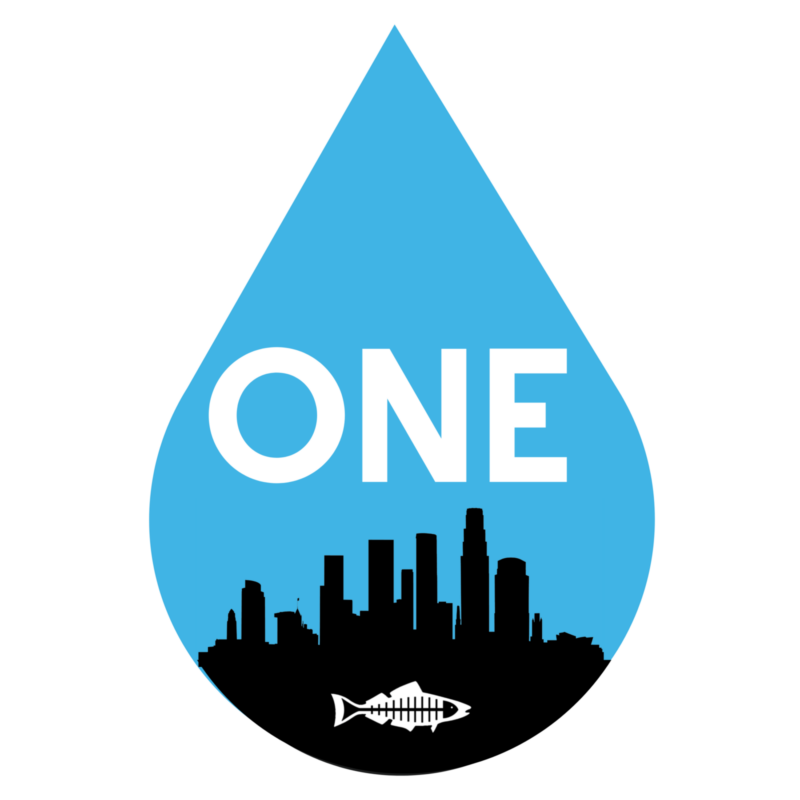
Thank you to all the guests in attendance. Your initiative and dedication are vital toward building a bright and equitable future for water in Los Angeles.
Los Angeles has major water challenges to solve, and Heal the Bay sees events like this as an opportunity to upload the value of collaboration and accountability, to continue conversations that lead to solutions, and to create opportunities for partnerships like never before. This Heal the Bay event is the first of its kind for our organization, but is certainly not the last.
Want to support our ongoing efforts for for One Water? Donate Here




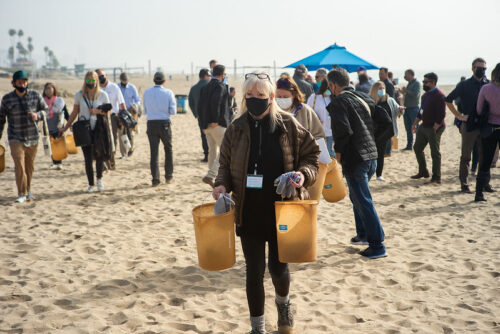
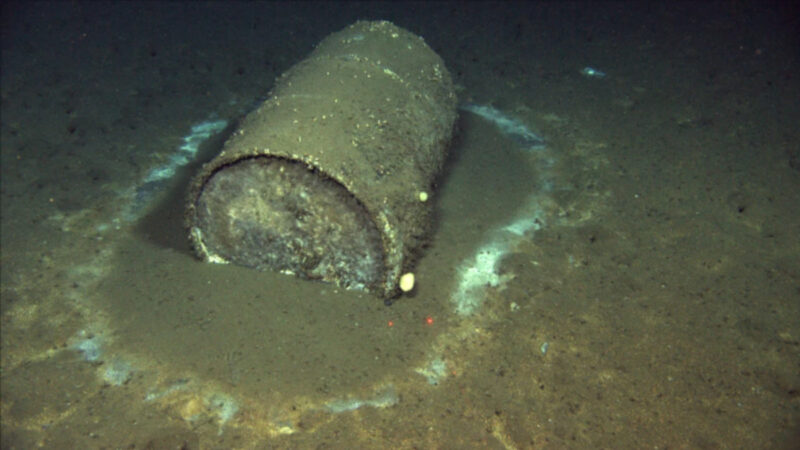
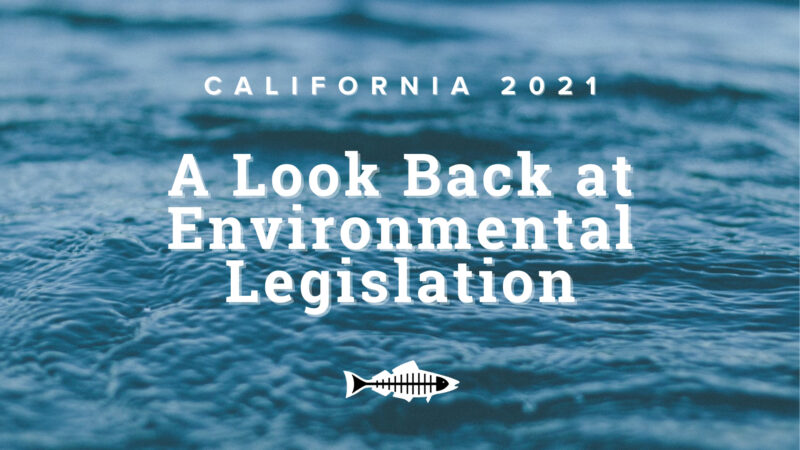 2021 was a turning point for environmental legislation in California.
2021 was a turning point for environmental legislation in California.